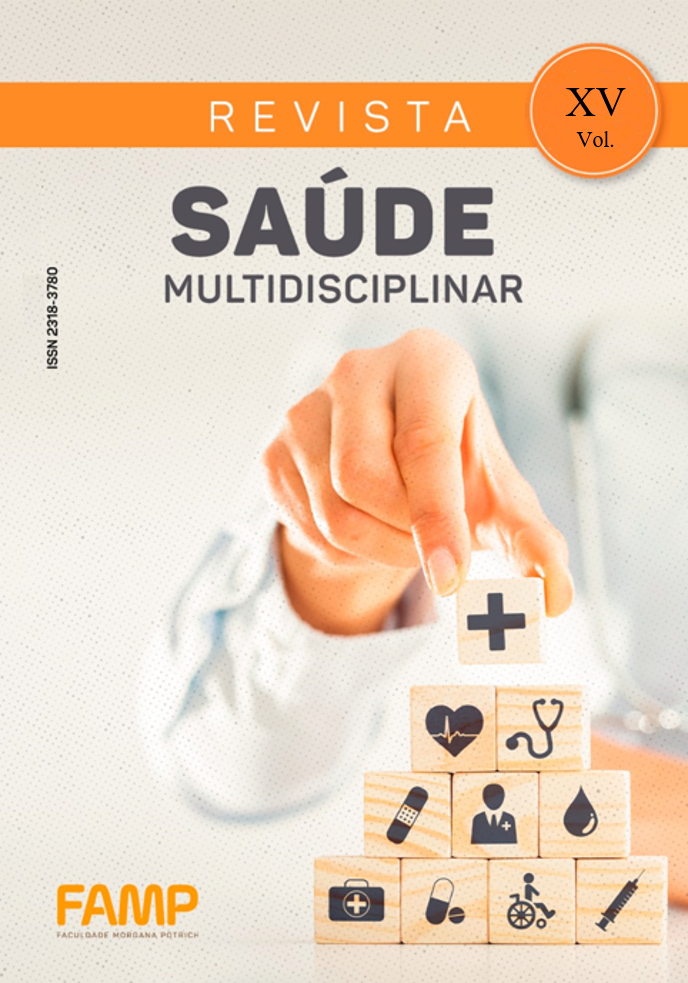EFFECT OF NEURAL MOBILIZATION AND VIRTUAL REALITY ON RANGE OF MOTION IN OBSTETRICAL BRACHIAL PLEXUS PALSY: CASE REPORT
DOI:
https://doi.org/10.53740/rsm.v15i2.654Keywords:
Obstetric Brachial Plexus Injury, physiotherapy, neural mobilization, virtual reality.Abstract
Obstetric Brachial Plexus Palsy (BOP) is an impairment related to the time of childbirth, in which it is necessary to use force at this time due to some complication, causing the child to stretch the cervical and/or brachial muscles, causing complete or partial damage to the nerves that makes up this brachial plexus, which can lead to sensory and motor losses. OBJECTIVE: To evaluate the effect of neural mobilization and therapy with the Xbox 360 kinect® on the range of motion of a patient with obstetrical palsy of the complete brachial plexus. METHODS: This is a case report carried out at the physiotherapy school clinic of a higher education institution in the neurology sector. For data collection, a structured neurological assessment form, goniometry, was used. The individual participated in 13 physiotherapy sessions, held twice a week, at the same time in the same room which was granted by the educational institution where the research was carried out. Each session lasted 50 minutes, divided into 25 minutes of neural mobilization and 25 minutes of virtual reality with Xbox 360 kinect®. RESULTS: It was possible to verify an increase in the range of motion for shoulder flexion, with initial range of 85º and final 104º and in the extension of the elbow, initial 112º and final 149º. CONCLUSION: In the present study, the association of techniques proved to be effective in increasing the range of motion of the shoulder and elbow.
Additional Files
Published
How to Cite
Issue
Section
License
Copyright (c) 2023 REVISTA SAÚDE MULTIDISCIPLINAR

This work is licensed under a Creative Commons Attribution-NonCommercial-NoDerivatives 4.0 International License.









